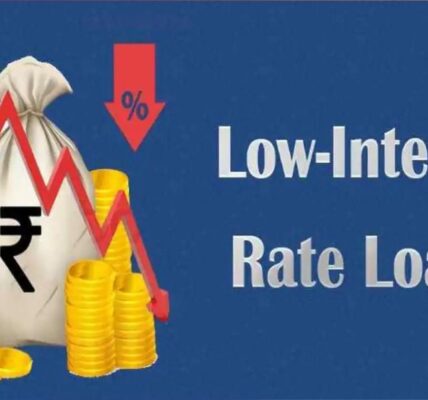The Atal Pension Yojana (APY) stands as a commendable endeavor undertaken by the Indian government, with the primary objective of safeguarding the financial well-being of every citizen, especially those toiling in the unorganized sector. Commenced in 2015, APY presents itself as an optional pension scheme, assuring its subscribers of a steadfast monthly pension once they retire. This article will offer an in-depth exploration of APY, outlining its advantages, the qualifications for enrollment, and the pivotal role it plays in fortifying the financial futures of countless Indians.

Read More.. These Are The Best Robinhood Stocks in the world
Read more.. Which Credit Score is Ideal for Securing a Loan?
What is APY?
The Atal Pension Yojana, commonly known as APY, stands as a pivotal social security initiative overseen by the Pension Fund Regulatory and Development Authority (PFRDA). Its primary mission is to bridge the substantial pension coverage void prevalent in India, specifically targeting the vast populace, particularly within the unorganized sector, who have been historically devoid of retirement security provisions.

Read more.. Car Insurance Rates Surging, Here Are 8 Ways to Cut the Cost
Read more.. YES Bank Shares in Focus: JC Flowers ARC & Chief Risk News
Key Features of APY:
1. Voluntary Participation: APY is open to all Indian citizens in the age group of 18 to 40 years, making it inclusive and accessible to a wide demographic.
2. Guaranteed Monthly Pension: Participants in the APY program can anticipate a secure monthly pension, with payouts ranging from Rs. 1,000 to Rs. 5,000, contingent upon their individual contributions and the age at which they enroll in the initiative.
3. Contributions: The amount of the monthly contribution depends on the age of the subscriber and the desired pension amount. The earlier one joins the scheme, the lower the monthly contribution.
4. Government Co-Contribution: In a bid to promote active participation, the government offers a generous incentive by matching 50% of the subscriber’s contribution, capped at Rs. 1,000 annually, for a duration of five years, exclusively available to qualified subscribers.
5. Fixed Tenure: Subscribers are required to make contributions until they reach the age of 60, which is the retirement age under APY.
6. Nomination and Exit: Subscribers can nominate their spouse to receive the pension in case of their demise before reaching the age of 60. Upon reaching 60, subscribers can choose to withdraw the pension amount or opt for a deferred pension.
Benefits of APY:
1. Financial Security: APY ensures that individuals have a stable source of income during their retirement years, reducing the dependency on family members or social welfare schemes.
2. Low-Cost Pension Scheme: APY is one of the most cost-effective pension schemes in India, with affordable monthly contributions.
3. Government Support: The government’s co-contribution provides an added incentive for subscribers, making it an attractive retirement savings option.
4. Flexibility: APY offers flexibility in choosing the pension amount and contribution based on individual financial capabilities and retirement goals.
Conclusion
The Atal Pension Yojana (APY) stands as a pivotal initiative, fostering financial security for countless Indians, particularly those working in the informal sector, by offering a cost-effective and easily accessible pension plan backed by government assistance. This scheme not only empowers individuals to shape their financial destinies but also plays a vital role in diminishing the vulnerability faced by the elderly in our society, serving as a beacon of the government’s unwavering dedication to comprehensive financial planning and social well-being.
Read more.. Understanding Bullish and Bearish Trends in the Stock Market





